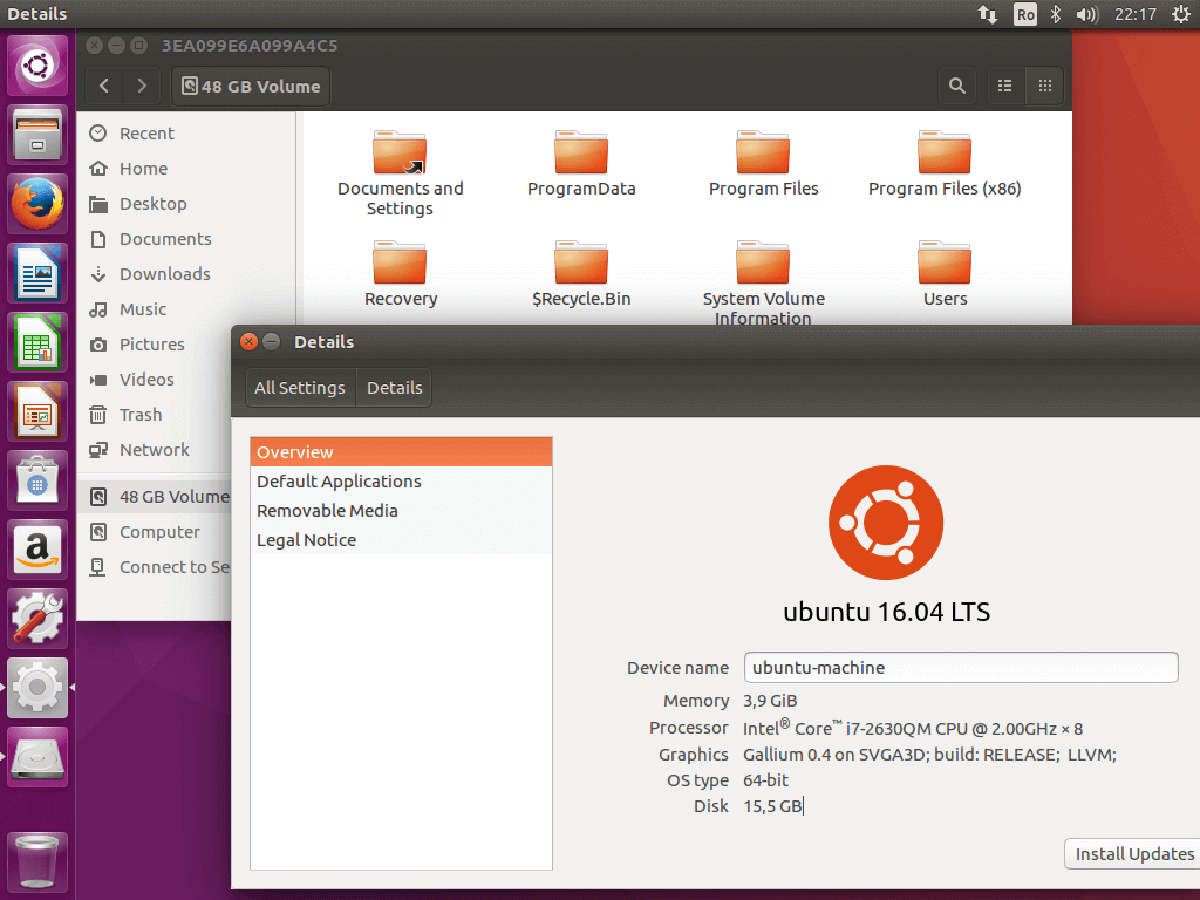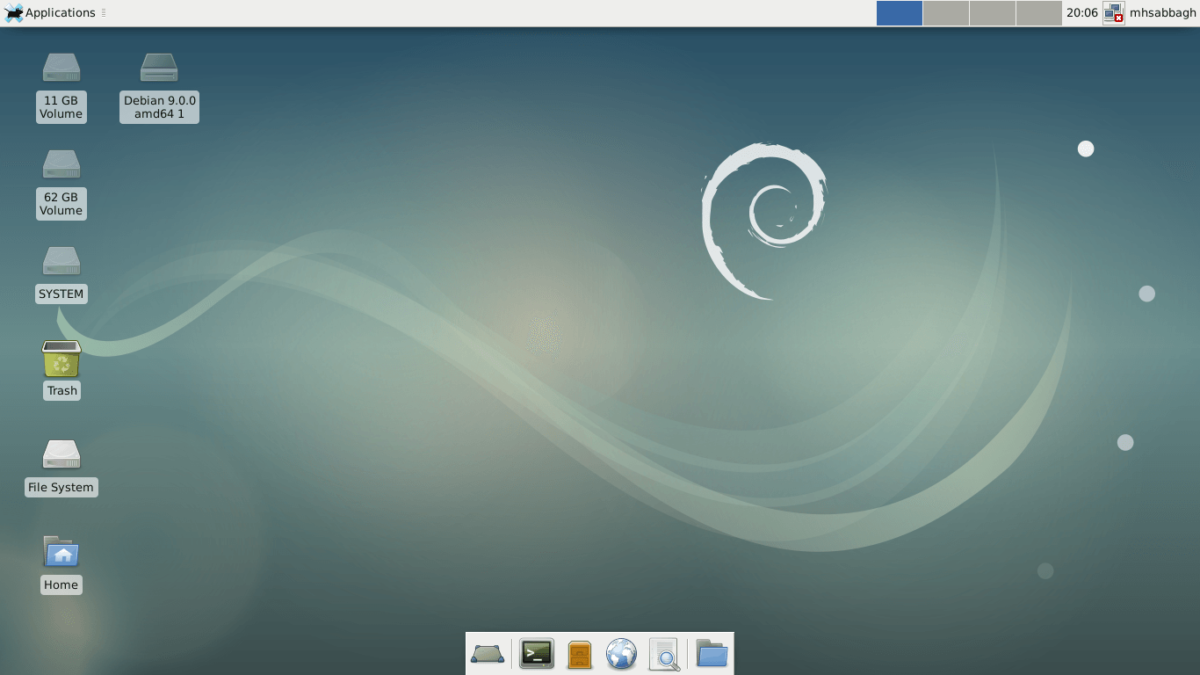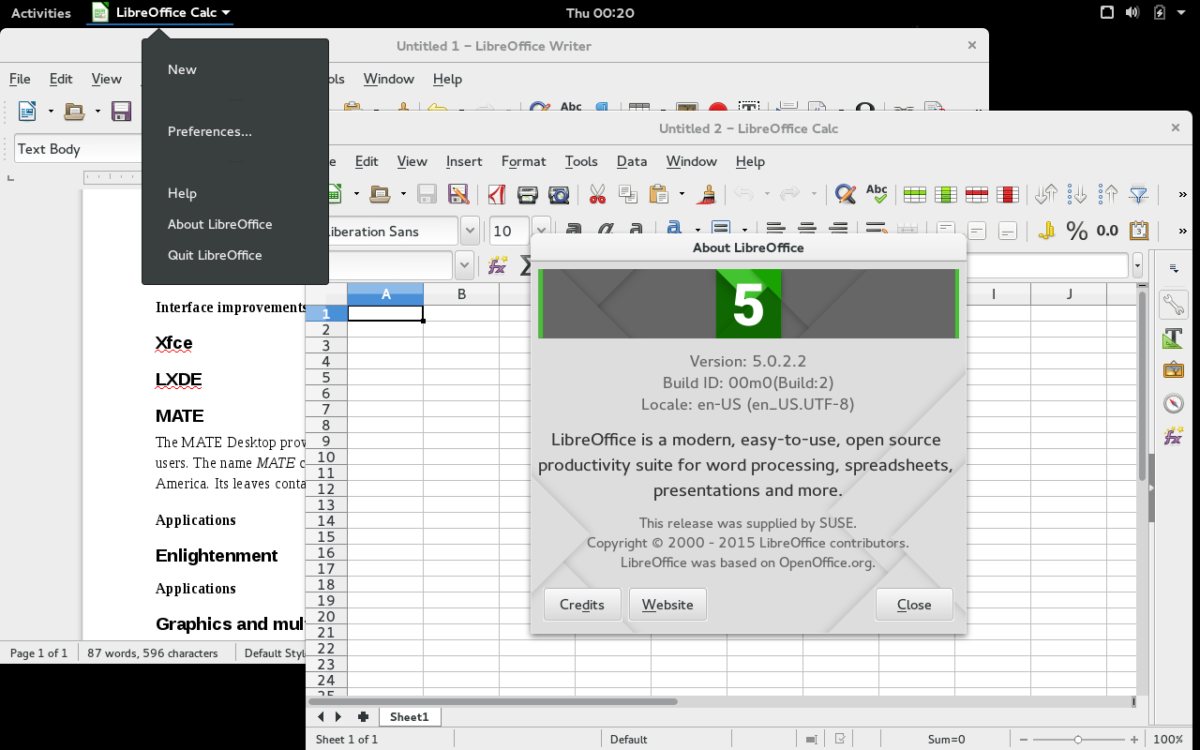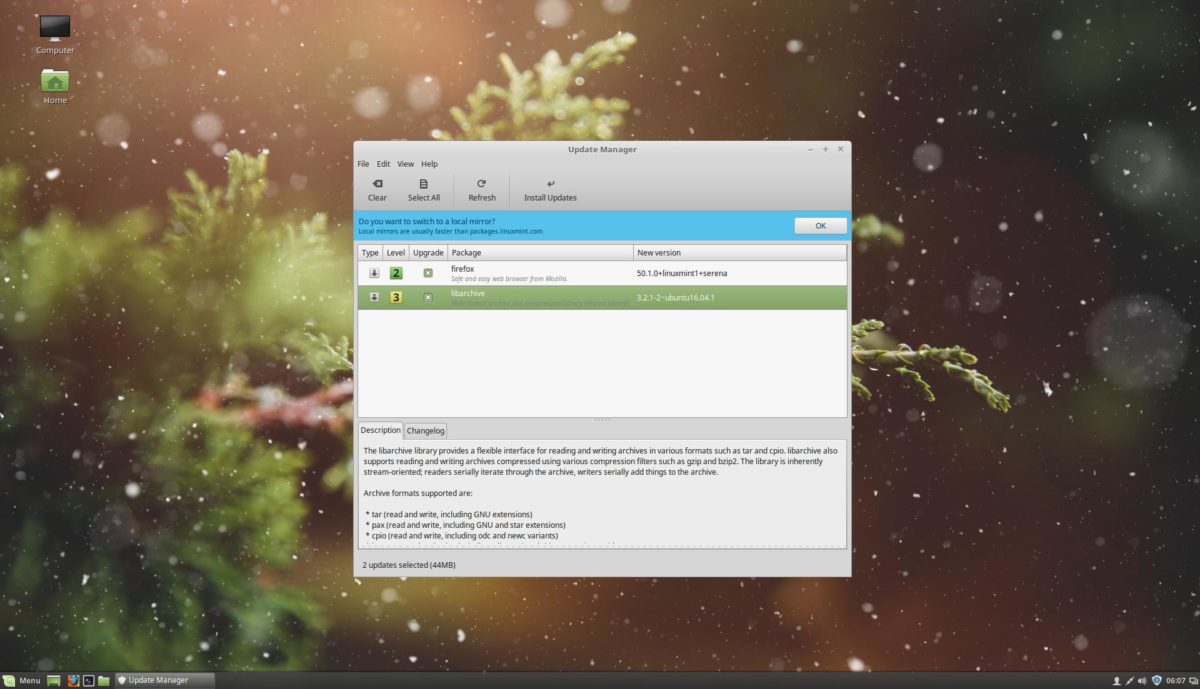4 Best Linux Distributions For The Workplace
Linux is a great option for the workplace due to it’s low cost, and superior feature-set. Only trouble is, there are so many different Linux operating systems out there that it’s difficult to figure out what ones to use. That’s why in this list, we’ll go over the best Linux distributions for the workplace. We’ll talk about reliability, ease of use, and even cost.
1. Ubuntu LTS

By far the best all around operating system to use at the workplace is the long term support version of Ubuntu. It has a lot to offer. For starters, the LTS comes equipped with the Libre Office suite. A great, free alternative to Microsoft Office. In addition, the operating system has other productivity tools readily available in an easy to use software center, that is easy for beginners to navigate.
Ubuntu also has another advantage: Ubuntu flavors. These “flavors” are different implementations of Ubuntu Linux with different desktop environments as the main focus. The advantage here, is that no matter what hardware your office computers have (be it high or low end), it’ll run well. Each one of these flavors are well supported, and all participate in the LTS program.
LTS stands for “long term support”. This means installing the operating system guarantees free support, as well as software and feature updates from the company for 5 years. If you’re looking for an easy to use, well supported Linux operating system for the workplace, Ubuntu LTS is a great choice.
2. Debian Stable

In an office environment, the last thing anyone wants to worry about are computer crashes. Work needs to be done so everything has to be reliable. When it comes to dependability, Debian Stable is one of the best, and perfect for the workplace.
The main reason for this is that Debian Stable hardly ever adds new features, or changes anything. Instead, the core of the operating system, software and etc just get security updates. This lets the office IT guy rest easy, as things won’t be crashing all the time.
To be clear, Debian isn’t an “easy to use” Linux distribution. It’s a little harder to use than the average Linux distribution. However, if you’re willing to overlook the learning curve, you’ll get a really great, safe and stable operating system to use.
3. OpenSUSE Leap

Many offices that use Linux find themselves using an “enterprise” Linux distribution. These are special operating systems that are based around open source tools, but cost money. With these distributions, users are generally paying to get support directly from the developers, as well as unique software tailored to their business.
Like most Linux operating systems, users can find that Leap comes with the Libre Office suite, as well as a PDF document viewer, printer support and the like. In addition to this, Leap has the YaST settings tool, that makes it easy to connect to things like Samba shares, NFS shares and other types of network file systems.
Enterprise grade operating systems are nice, but not everyone has the ability to pay for them. A good remedy for this is to use Open SUSE Leap instead. It’s a perfect replacement, as it takes a lot of the technology used in SUSE’s own SUSE Enterprise Linux distribution and gives it away for free.
Much like SUSE Enterprise Linux, the OS mainly focuses on stability, and reliability. This is perfect for a working environment. Like Debian, Leap has a bit of a learning curve.
4. Linux Mint

Not all workplace operating systems need to have professional features. Sometimes, the best workplace operating system is one that anyone can easily pick up and use day to day.
Enter Linux Mint. It’s an operating system heavily based on Ubuntu that works very hard to be a beginner Linux operating system. The desktop itself takes heavy inspiration in a traditional, Windows setup, making it perfect for anyone at the office.
Most releases of Linux Mint have long term support. This ensures that users get security and software updates for 3+ years. Despite the fact that most releases are “LTS”, the development team manages to constantly push out new features year after year that improve performance, as well as productivity.
The main reason to use Linux Mint is in a diverse working environment (especially when trying to satisfy many different types of users). This operating system is more than up to the job due to how balanced it is. Advanced users can feel at home with the terminal tools they love and it won’t at all take away from beginner users who get their work done in an Office suite or web browser.
Conclusion
For the longest time, offices have used Windows, and Microsoft made sure of that. These days Windows is in decline, and alternative operating systems have started to break through in the workplace. The main reason? Cost. It’s much more effective to install something like Ubuntu LTS for free, than to spend a couple thousand dollars on Windows and MS Office licenses.
